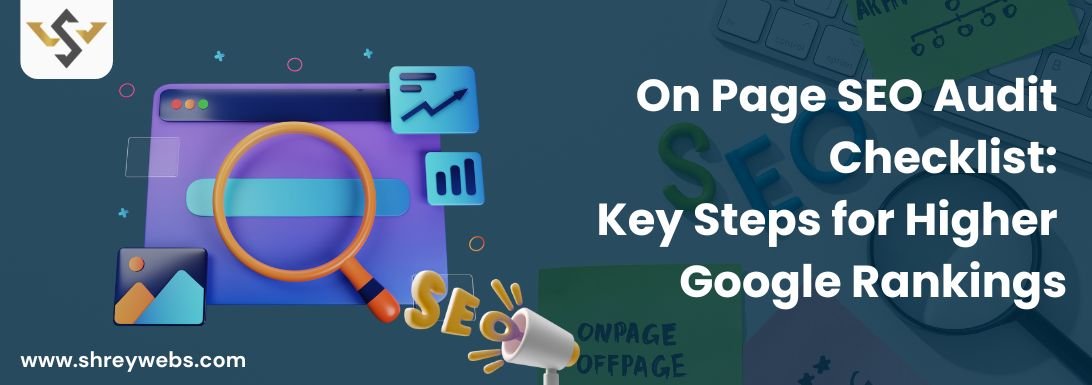In 2025, an on-page SEO audit will be critical for any company wanting to rank higher on search engines. This is the process of checking each component or section of your website and optimizing it individually to align with best SEO practices today. During a complete website SEO audit, on-page components concentrate on content organization, site performance diagnostics, loading speed optimization, and relevant CTR and impressions, all three are crucial regarding ranking relevance in Google.
An on-page SEO audit not only helps site improvement but also enhances customer interaction and boosts productivity KPIs. When companies tailor their web pages keeping in mind the end-users alongside the algorithms powering them, higher engagement along with competitive lead streams could be observed.
Why You Need an On-Page SEO Audit in 2025
The experts emphasize that this field is rapidly advancing, as they track related data to establish a digital footprint. User engagement channels offline browsing trends from mobile devices, along with highly effective CTAs, which have garnered Google’s keen interest, leading to an optimized implementation of the AEON algorithm that provides essential support for maintaining search rankings. The right mix helps to reveal underlying concerns, supports ongoing optimization while maintaining rank supremacy, and also drives penalty avoidance while outperforming the competition. Neglecting regular checks will not escape the watchful eyes of competitors who work silently behind the scenes to provide value-based audits SEO.
When you incorporate a basic on-page SEO checklist designed for site improvements, it streamlines the entire auditing approach.
Core On-Page SEO Elements to Review
1. Meta Tags & Titles
One of the most vital on-page SEO elements is your metadata. Each page should hold its own distinct meta title and description with the primary keyword included. They help search engines understand the content and strongly affect click-through rate.
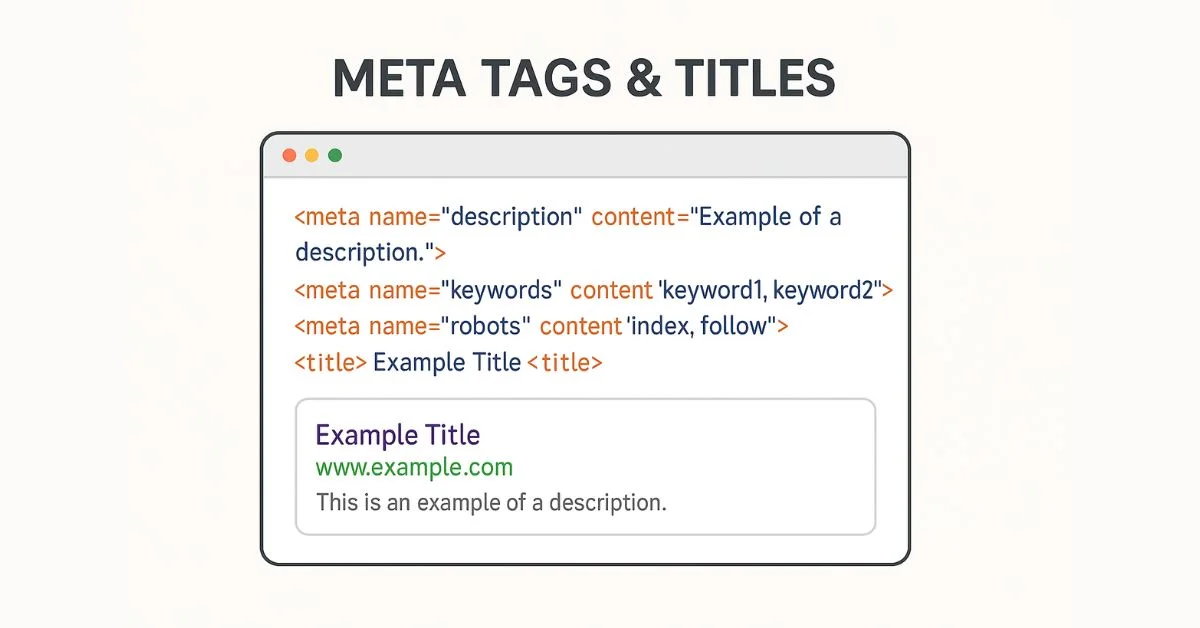
2. Header Tags (H1–H6)
Your headers must adhere to an established order for hierarchy. An on-page SEO example would consist of one H1 tag serving as the main title, with H2-H4 for subtopics. This approach increases usability of content for both humans and machines while enhancing structural clarity.
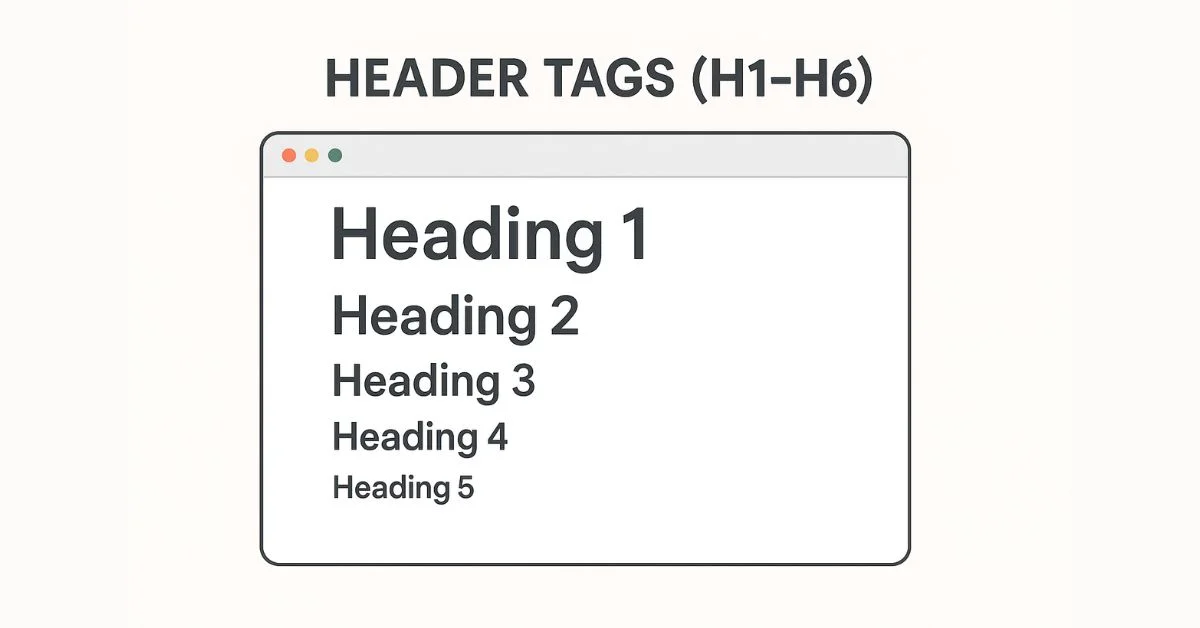
3. URL Structure
Appropriate URLs should be concise, relevant, and contain terms or phrases that are suggestive in nature, like keywords when suitable. Avoid using special characters or long strings that are baffling to crawlers.
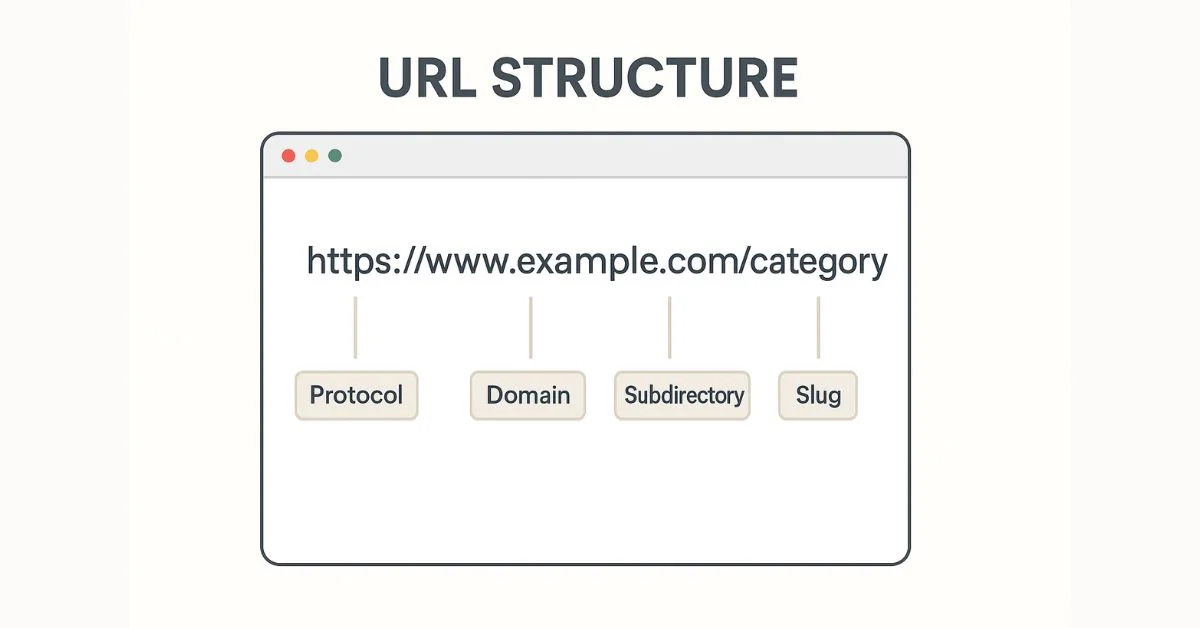
4. Image Optimization
Make sure images have tags indicating their contents (alt tags), are named correctly, and are compressed to enable a faster load time. Enhanced performance through simpler means makes this item a strong contender on your on-page SEO checklist, aiding in accessibility and dealing with on-page SEO tasks.
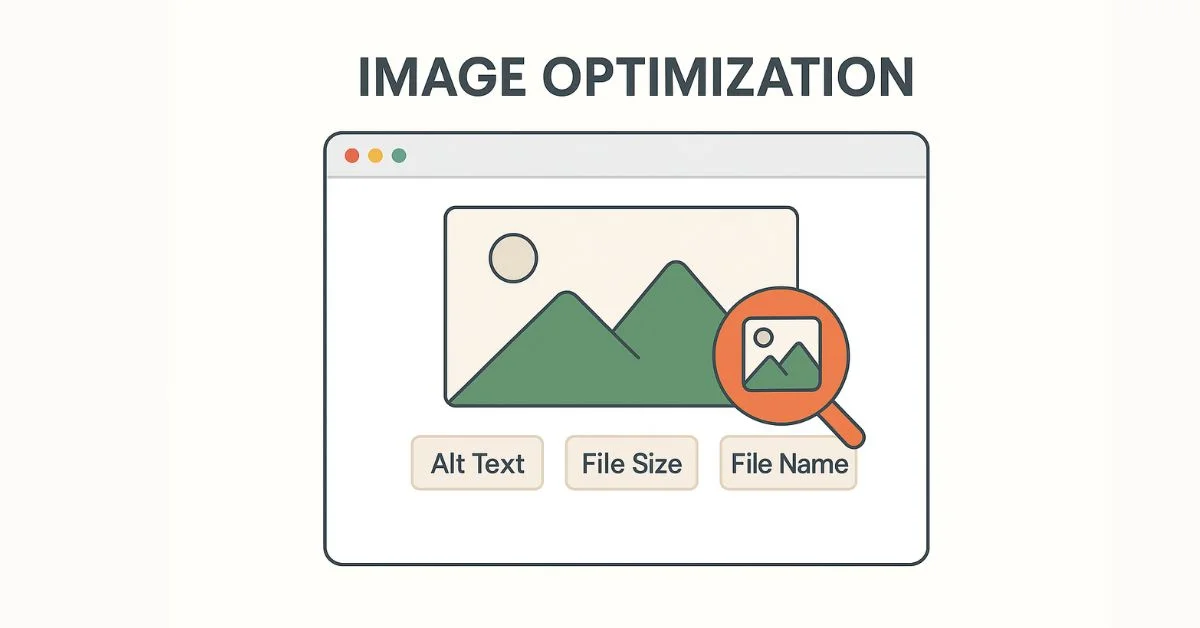
5. Internal Linking Strategy
Linking content together boosts user experience, but doing so helps waiting room spam by controlling your bounce rate through message board moderation, distributing authority around your domain, and supporting the rest of your website SEO audit within your audit by integrating other strategies.
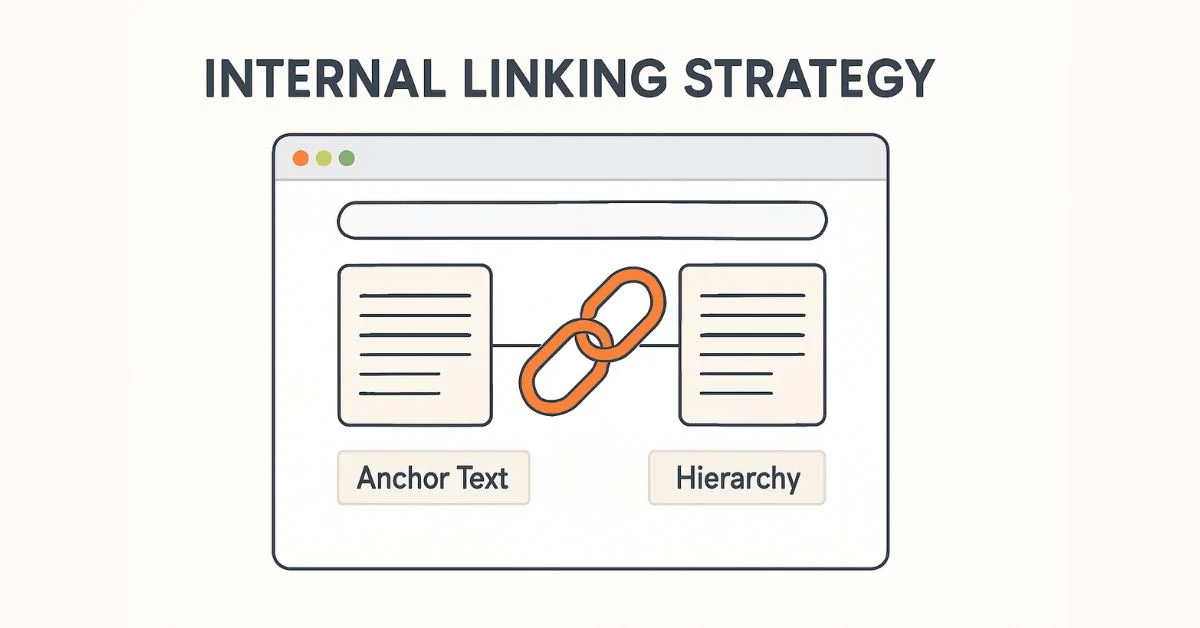
6. Schema Markup & Structured Data
Implementing schema markup assists in clarifying what type of content it is, whether a product blog post or review, thus helping search engines during information retrieval processes..
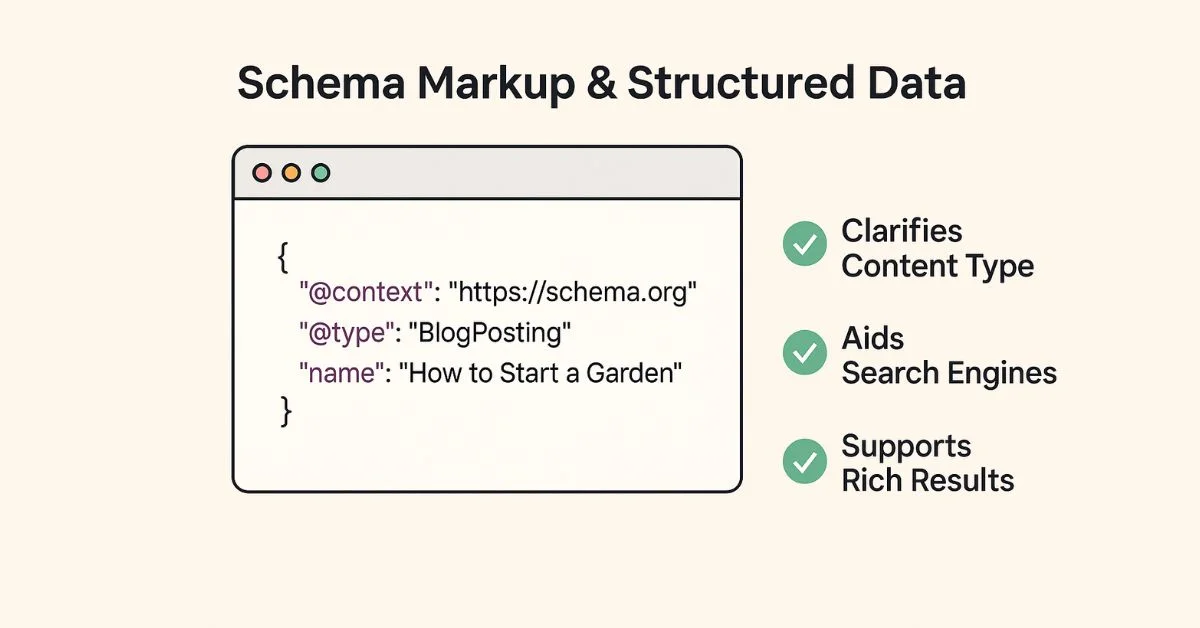
7. Content Optimization
Make sure your content is clear, keywords are naturally integrated, and it remains informative. Use appropriate semantic relevance, stick to a reasonable ratio of keywords per volume of text, and avoid content duplication. Fulfilling user intent is one of the most critical factors in determining content ranking.
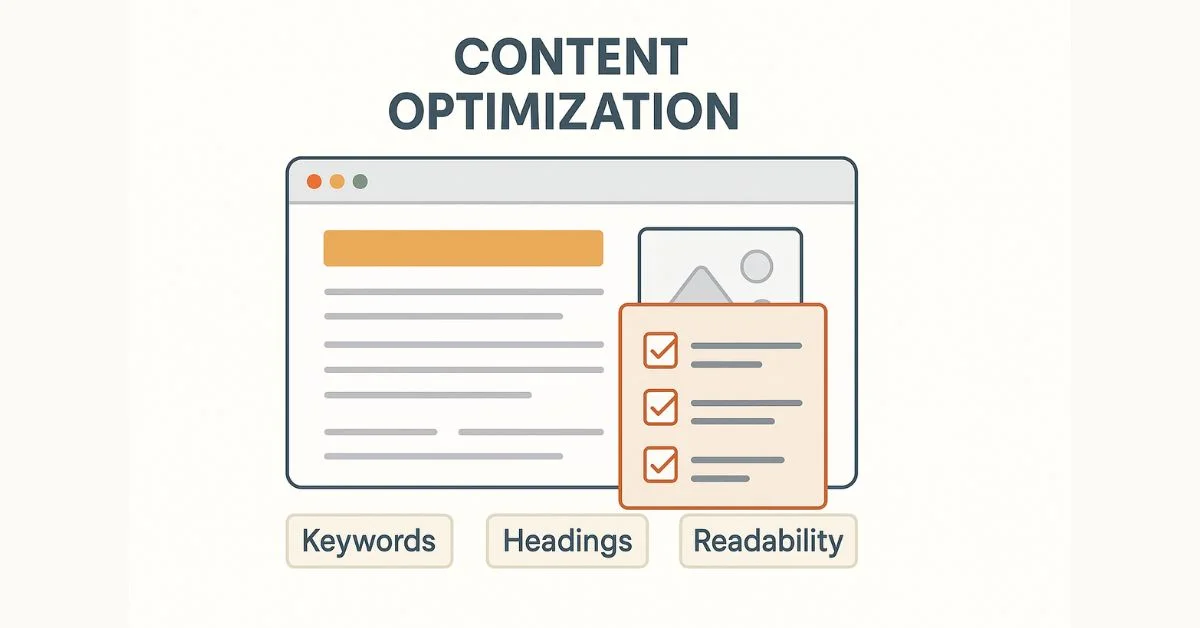
8. Page Loading Issues
Both SEO strategies and customer satisfaction balance around speed. Slower loading pages suffer ranking penalties as a direct consequence. Remove all minimal resource use restrictions like coded instructions, listed unused resources, browser caching, and host services to maintain stable connectivity.
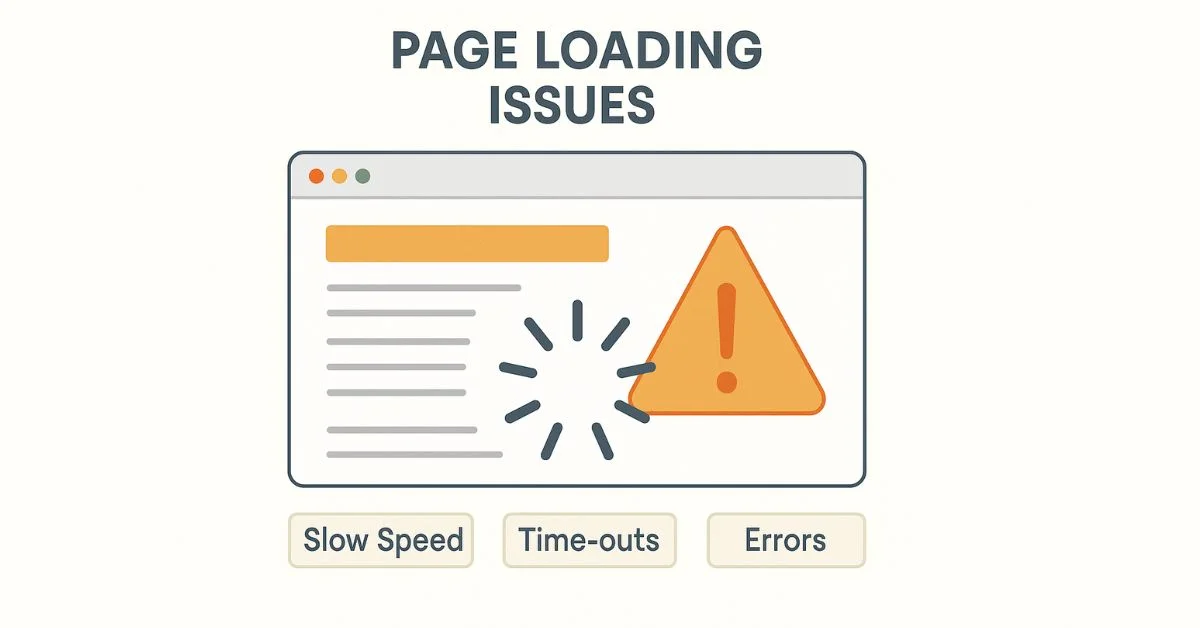
Having a mobile-friendly site is crucial, as most users now access sites through smartphones. Implement responsive design, make sure navigation is straightforward, and check how the site performs on different screens. Also remember that Google prioritizes mobile-first indexing.
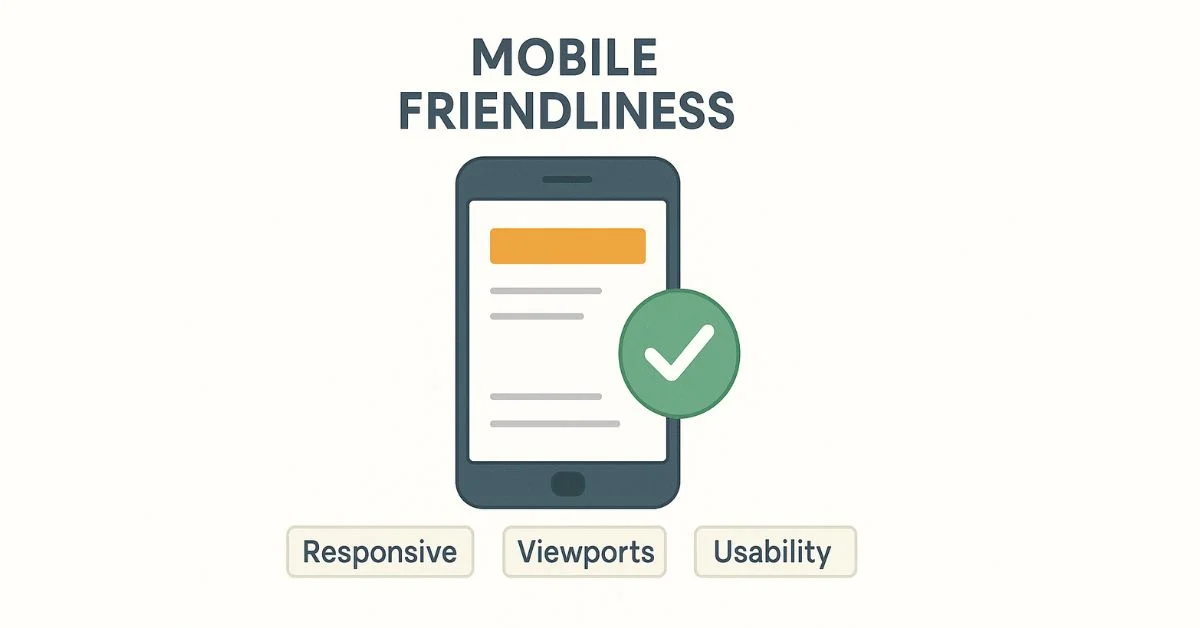
On-Page SEO Checklist for 2025
Must-Have SEO Elements
- Key Mobile Responsiveness Features to Consider
- Rapid loading speed for pages and mobile responsiveness
- Adhering to the secure HTTPS protocol
- Providing schema markup and structured data
- Using canonical tags to avoid duplicate content
Content Quality & Relevance
- Implementation of primary and LSI keywords
- Safeguarding user intent expediently
- Steering clear of keyword-stuffed navigational aids
- Legible formatting and backbone structure, readably arranging visuals
- Supplementing Charts, Graphs, or Infographics
Tools to Perform a Website SEO Audit
Popular On-Page SEO Audit Tools
On-page SEO audit tools with greater usability
- Google Search Console
- Screaming Frog SEO Spider
- SEMrush Site Audit
- Ahrefs Site Audit Tool.
These tools analyze indexation, crawlability, along with other on-page SEO elements and facets, and provide detail-rich insights on optimization strategies that are data-driven and crafted based upon the learnings fetched by these tools.
How to Do an SEO Audit Step-by-Step
1. Planning Your Audit
Setting goals is essential; determine the endpoints. A clear checklist of your business targets must be prioritized via the site’s skeleton plus goals.
2. Conducting the audit
- Outline each page’s meta using the preferred
- Check the tools that are encapsulated within anchors, along with the absence of reproduced content and poor keyword placement.
- Take note of all issues and prioritize the action steps based on importance.
- Confirm that the technical problems are real using GTmetrix or PageSpeed Insights.
3. Implementing Changes
After collecting insights:
- Resolve problems associated with sluggish loading times, mobile responsiveness, and other related matters.
- Revise metadata for a proper description and alt tags for images not labeled appropriately.
- Replace stale content while synchronizing it with user intent search queries.
Combine your on-page efforts with Local SEO Services to dominate in region-specific searches.
4. Monitoring & Re-Auditing
An SEO strategy requires continuous effort and refinement over time. Instead, rely on your audit findings to develop a strategy plan that includes routine follow-up audits at set intervals, monthly or quarterly, for repeat evaluations of changes made over time.
Real On-Page SEO Example Breakdown
Consider an example of a well-optimized blog page:
- H1: “The Ultimate Guide to an On-Page SEO Audit” (bold)
- H2: Discuss related concepts such as headers, meta tags, and others.
- URL: www.example.com/on-page-seo-audit
- Images have alt texts that depict the image’s context.
- Internal links point to relevant service pages, along with external links to authoritative sites about the topic discussed.
This now portrays a complete on-page SEO service covering all critical elements.
Final Thoughts
Whether you’re setting up a new site or managing an existing one, achieving consistent high rankings in searches requires a thorough on-page SEO audit. Utilize our on-page SEO checklist for primary on-page optimization as a guide for fixed dates every three months to stay proactive instead of reactive.
Improving the on-page SEO element of onsite presence results in enhanced user experience, shortened loading times, and increased relevancy, which in turn draws Google’s favor thanks to generous rewards. If you’re a business figuring out how to do SEO audit effectively, the best first step is to start with your content and technical foundation.
Work smart, optimize often, and outrank the competition coming in 2025 and beyond.

